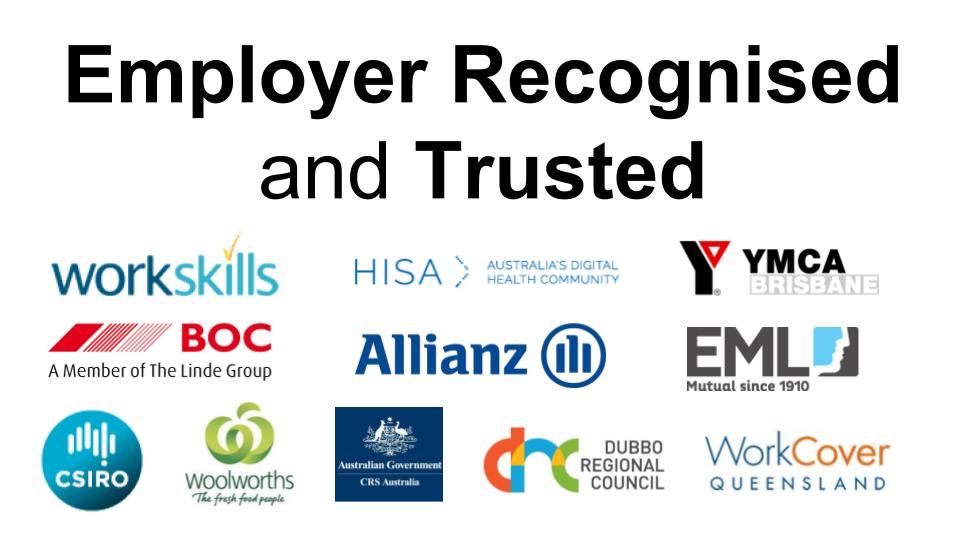
Breaking News & Updates
Xero’s financial report reveals BIG loss but share price pop. - eepurl.com/isNmKQ
It’s Good Business to Set Out Your Credit Management Policy at the Outset
CRITICAL TO THE SUCCESS OF ANY BUSINESS is the ability to maintain a healthy cash flow. But doing so requires effective credit management processes.
Unfortunately, too many business owners feel uncomfortable talking about credit and debt management upfront with new clients.
They (falsely) believe it begins if, and when, a customer doesn’t pay a bill. But, in fact, credit management starts much, much earlier than that — long before the two businesses even agree to work with each other, to be precise.
The 3 Stages of Credit Management

Credit management falls, generally, into 3 broad stages, beginning with how new customers are assessed before you do business with them.
If you extend a line of credit to your customers, payable on a 30-day account, then a credit check is an imperative first step. But even if you don’t offer credit, a credit check should be a routine part of the new customer set-up process.
If you provide services to customers that aren’t paid for in advance or upon receipt, and you allow that customer between 14 and 30 days to pay your invoice, you’ve essentially just extended them a line of credit.
Indeed, it’s recommended that any business, whether they’re a sole trader, freelancer or independent contractor, carry out credit checks on any new, ongoing customer for jobs over the value of $1000.
Stage 1: Assessment
The assessment stage of good credit management involves taking the following steps:
-
- Create credit application or work authorisation form
- Establish terms of trade
- Obtain a credit check
As long as the credit check doesn’t raise any issues of concern in relation to the business’ previous track record with paying suppliers on time, you can then decide to take them on as a client. From here you move to the next stage of credit management.
Stage 2: Management
This is the most involved stage of the credit management process, as it requires diligence to ensure your processes don’t slip. Some aspects of the management stage may require a phone call to your client to find out why they haven’t paid.
However, for the most part, cloud-accounting software has made it a lot easier to stay on top of your debtors. Ensure your process includes the following:
- Prompt invoicing (as soon as goods / services have been provided)
- Establish payment reminders, either by email or text
- Send regular statements (if customer is on a 30-day credit account)
- As soon as payment is overdue and in breach of terms of trade
- Send to debt collection.
If you speak to your client twice about an overdue invoice / account, and they still don’t make payment within an agreed time, refer them to your debt collection agency, however harsh that may seem.
Stage 3: Enforcement
Although debt collection agencies can chase a debt that’s as much as 5 years old, the older the debt, the harder it is to collect payment.
As soon as a client is in breach of your terms of trade, and your other attempts to collect payment have failed, refer the debt to your collection agency.
If debt collection is unsuccessful, you should speak to your accountant or financial advisor about writing the debt off in your next tax return.
Good Credit Management Should Mean Few Phone Calls

So the upshot of all this is a big part of a good credit management process is properly vetting all new customers before you do business with them. If this is the case, you should rarely have to pick up the phone to chase them for payment.
In that sense, credit management is not about getting on the phone. Rather, it’s about implementing a range of procedures for managing your debtors, and it begins before you even do any work for them.
We Can Help You Set Up Your Credit Management and Much More
Is your business yet to set up proper credit management systems?
Having the assistance of a reliable, experienced professional to help you do so may cost a lot less than you think. We have thoroughly-vetted, reliable bookkeepers across Australia, capable of setting up your systems so you can continue to do your bookkeeping yourself, or able to keep managing your daily or weekly bookkeeping and accounts.
In your office or in the Cloud
This can be done remotely or in person, with most of our bookkeepers tertiary qualified and able to assist in basic bookkeeping to more complex accounting tasks. These might include accounts receivable and payable and payroll, or financial strategising.











[…] In our previous post on credit and debt management, we recommended that all businesses — regardless of whether they offer credit to customers on a 30-day account or not — perform a credit check on any new client who will spend more than $1000 on goods or services in one sale, on an ongoing basis. But what should you do if the credit check comes back negative, and shows that the potential customer is guilty of late payments, pending legal action or already carries a significant level of debt? […]
[…] business owners find payroll immensely stressful, especially when it leaves their cash flow tight, due to late or unpaid invoices. If you reconcile your accounts on a daily basis, you’ll know exactly where you’ll be when […]
[…] who owes money to your business and to whom your business owes money. This is obviously part of the credit management process, which any good business will have in place already, but it’s a good idea to keep a steady eye on […]
[…] of business owners have trouble making payroll. Sometimes it’s due to poor credit management processes or a downward trend in their business cycle that’s been missed due to poor or inefficient […]
[…] to learn how you can really manage late payers? Simply by reconciling more regularly, you can use a “real time” snapshot of your cash […]
[…] SOUND CREDIT management processes, any business can come […]